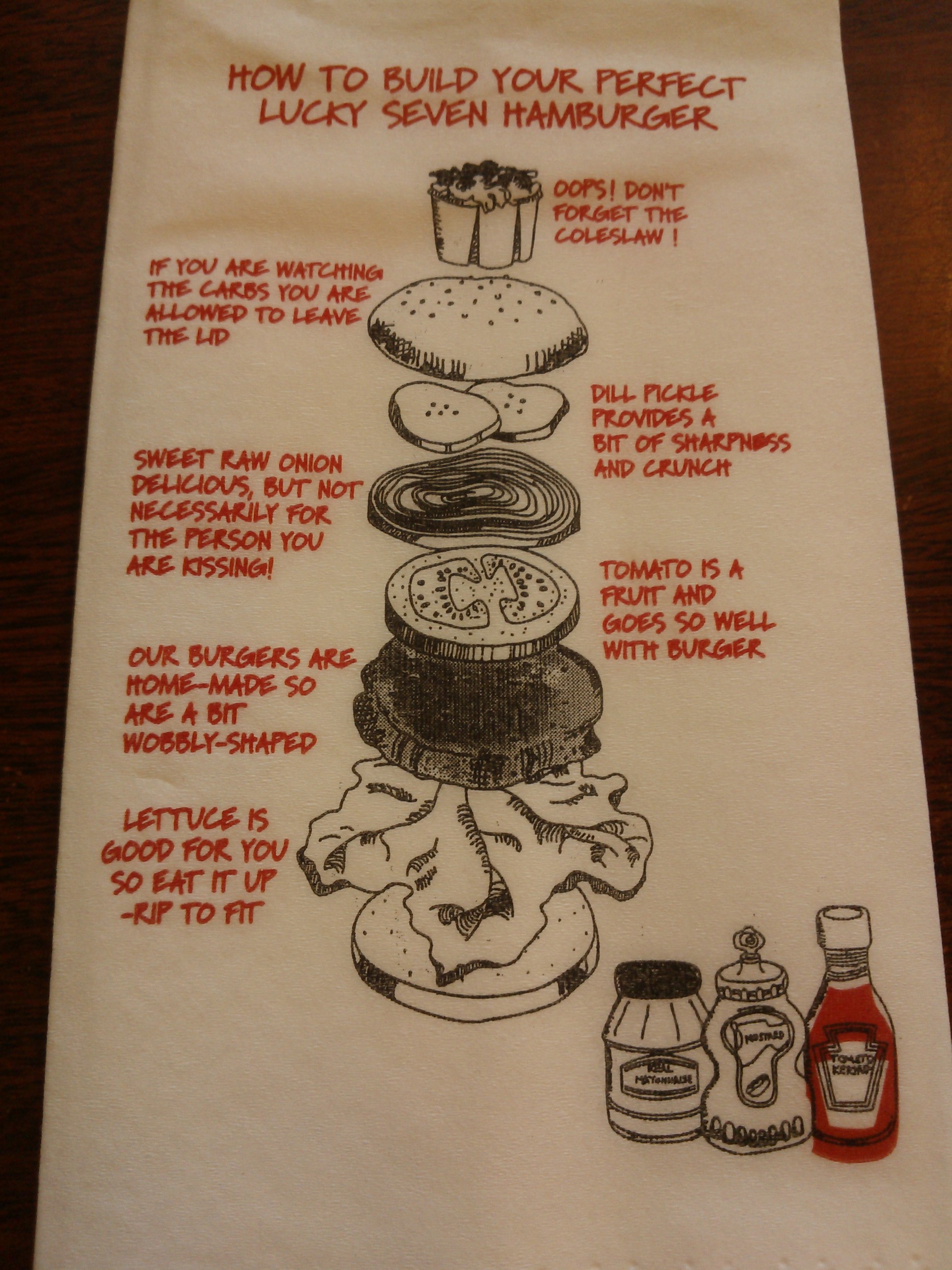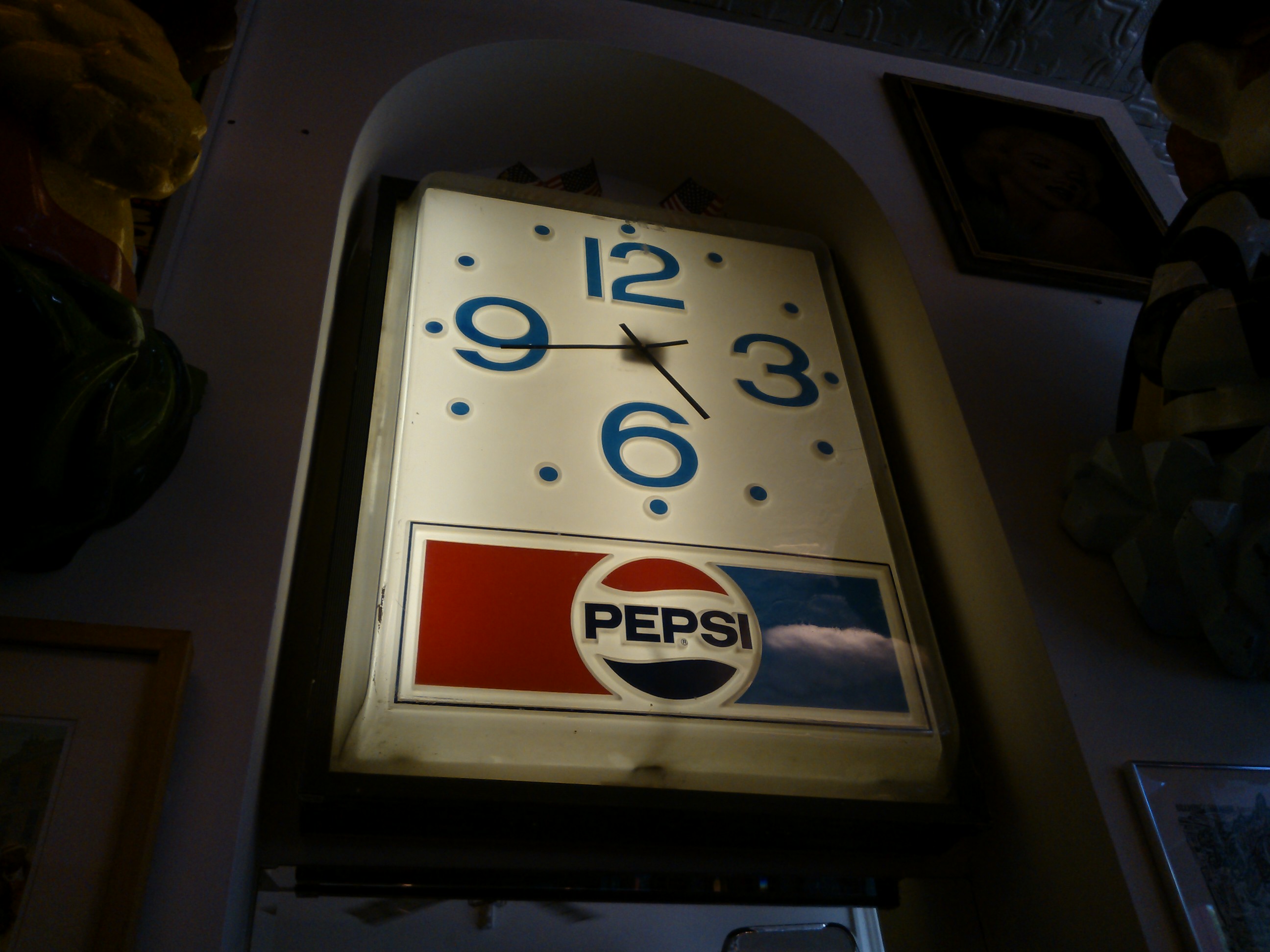Nokia Lumia 610 Review
The Lumia 610 is an interesting entry into the Windows Phone family. Microsoft lowered the barrier to entry with an update to the OS, dubbed Tango/Refresh, allowing handsets with lesser specifications into the fray. The Lumia 610 is the first shipping handset that takes advantage of the lower specs, coming with an 800Mhz processor and 256MB of RAM instead of the old 1Ghz and 512MB standard. As a result, Nokia is hoping that the reduced cost of the handset will capture the entry-level market, and we imagine Microsoft will be keeping a close eye on the situation too. Does the 610 hit the mark? Find out after the jump.
Hardware
It shouldn't come as any surprise that the physical construction of the phone is decidedly cheap. The phone is graced with a plastic back in conjunction with a thick, fake, and ugly chrome trim around the edge. It's a basic affair to be sure, but Nokia didn't manage to become the world's number one phone manufacturer (for a time) by using expensive materials. It's not an earth shattering design, but the important thing is that it's solidly built and feels comfortable in your hand. It's a little chubby at 12mm, but the thickness didn't bother us in day to day use, and if anything provided us with a more secure grip on the handset.
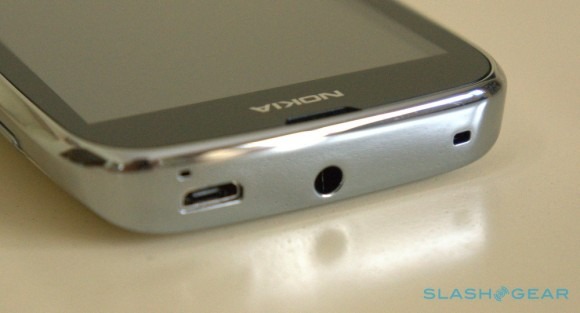
The design is reminiscent of the Lumia 710, but unlike that handset Nokia has opted to use capacitive buttons once again. We never had any issues using the three capacitive buttons (Back, Windows, and Search) on the Lumia 800, and it's the same story here, with actions responding promptly.
As for the 3.7-inch display, it has the same mandatory 800x480 resolution that you'll find on every other Windows Phone in the market right now. Pixel density is perfectly serviceable at 252 PPI, although the quality of the LCD panel leaves a lot to be desired. The display always seems to be the first victim when it comes to making a cheap smartphone, and the Lumia 610 is no exception. The black background in the OS menus are rendered a dark grey instead of the deeper blacks on other handsets, viewing angles are average, and the panel seems susceptible to banding. There's also a noticeable gap between the display and the glass, more so than average. A little nitpicky, perhaps, but it can be distracting.
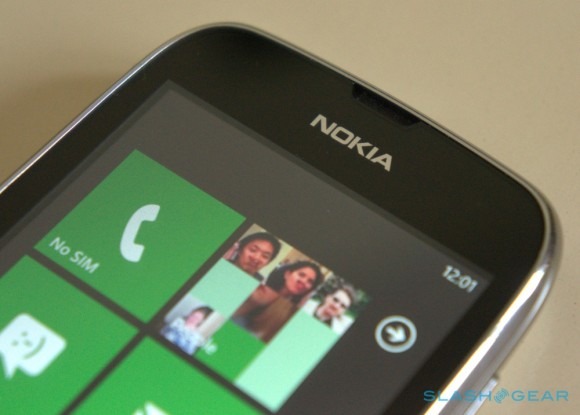
On the plus side, colors are good, and the brightness of the display seems strong. We had no problems with outdoor visibility for the most part, even if a regularly cloudy London sky isn't the ideal environment. Once you're presented with clear skies and a strong sun, however, UI elements will be rendered practically invisible thanks to glare.
Going around the device, you'll find a 3.5mm headphone jack and microUSB port at the top, and volume rocker, power button, and camera shutter all on the right side. The right and bottom are completely devoid of buttons or ports. The volume rocker is appropriately clicky, and the camera shutter is close to perfect with the right amount of travel and feedback for both stages. The problem lies with the power button.

First, it's positioned extremely strangely. You'll tend to find power button either at the top of devices or at the top right where your thumb would rest, best illustrated by Samsung's line of smartphones. Nokia has, for whatever reason, chosen to place the power button right in the middle, an infuriating position that had us constantly shifting the phone in our hands just to wake or lock it. Not only that, but the button itself is problematic: the feedback is completely different from the volume rocker, and it's not a particularly nice sensation. In addition the button jammed in its slot several times, causing the phone to think we were trying to shut it off. On one or two occasions, before we could pry it free with a fingernail or swipe the power prompt away, the phone automatically shut down.
On the back of the device you'll find the five megapixel camera with LED flash, and pop off the back cover and you'll discover a 1,300mAh battery and microSIM card slot lurking underneath. It's an interesting move for Nokia to include use a microSIM on a device of this calibre, but then the industry is moving ever closer to widespread microSIM usage. Still, it's important to take note of for those jumping from a featurephone that uses a standard SIM.
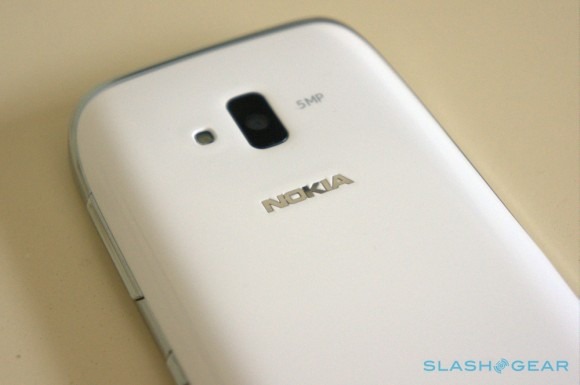
Specs for the Lumai 610 include a single-core 800Mhz processor, 256MB of RAM, and 8GB of storage, although only 6.21GB is available to the user. Not much space to play with then, and the lack of expandable storage means you'll either be having to manage your content efficiently using the desktop Zune client, or relying on cloud services.
Software
Although the Lumia 610 is running a tweaked version of Windows Phone that caters to lower specifications, you won't find much different with the operating system over Mango. The simple UI is still fluid, intuitive, and a pleasure to use. The live tiles flicker and update in real time just like on other Windows Phone handsets, Internet Explorer is surprisingly usable, and the software keyboard is second only to the one found on iOS. The design doesn't just extend to the core apps either, with third-party offerings displaying similarly excellent aesthetics.
Nokia has included some of its own applications, the same as on the Lumia 710, 800, and 900. You'll find Nokia Maps, Nokia Drive, and Nokia Music. The first is a nice replacement for Bing Maps: it's not quite as responsive as Microsoft's offerings, with a little lag and slow load times in places, but the cartography and ease of use is much better overall. Nokia Drive provides free turn-by-turn navigation, and better yet offers free downloadable maps for different countries and regions in the world. Nokia Music is the company's music store, offering individual tracks for purchase and download in addition to mix radio, a free streaming service.
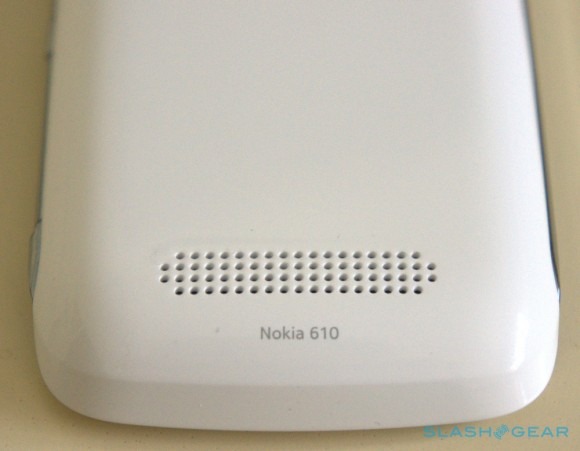
Dropping the processor down to 800Mhz may have been a cause for concern for some, but Windows Phone is a very simple OS that doesn't require a lot of horsepower. Performance, then, is generally good, with menus suffering no lag or slowdown and apps generally loading in a timely fashion. It's not quite as snappy as the Lumia 710 or 800, both featuring 1.4Ghz processors, but what's on offer here is more than serviceable. Responsiveness in Internet Explorer is generally good, with relatively smooth pinch-to-zoom, although heavier webpages can cause text to take a second or two longer than average to render out.
The problem isn't the processor, it's the limited amount of memory on offer. That's been the real controversy surrounding the Lumia 610, with several high profile apps deemed incompatible with the handset and warnings to that effect being displayed in the Windows Phone Marketplace. While only 1.6% of apps may be incompatible with 256MB devices, you'll find that it's the ones that will bring people to the platform. Skype, Angry Birds, Google, and a handful of games are all restricted from the handset. And that's a severe problem when the ecosystem is already lacking quality apps: the total number of apps may be growing at a rapid pace, but there's still very few killer apps available on the platform. When the ones that do stand out are missing from entry-level devices like the Lumia 610, what is there to bring people to Windows Phone at the end of the day?
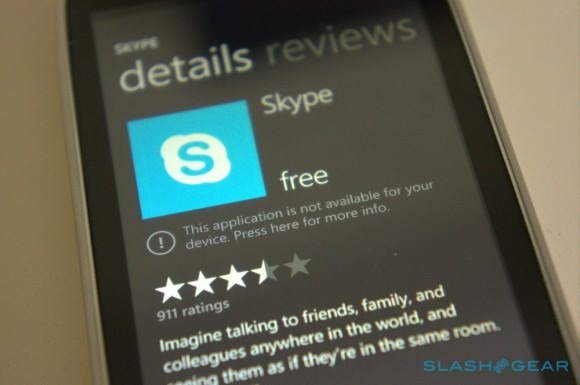
Then again, it's not the apps that can't be installed that's the issue, it's the ones that can be that perform poorly. Here's a great example: while watching a commercial for the next Call of Duty game, we heard a voice that sounded suspiciously similar to Steve Blum, a popular voice actor. Our hands went straight for the Lumia 610 and the IMDB app to double check, but when we hit "all filmography" we waited, and waited, and waited some more. Eventually the app completely froze and crashed out to the homescreen.
Now, maybe that's an extreme case, since the actor in question has 460 titles to his name, with the app attempting to load as much cover art for his work as possible. But it's not the only time we managed to get applications to crash. Another example: the initial version of Nokia maps that came installed with the device frequently crashed out when panning or zooming around, or when switching between different terrain modes.
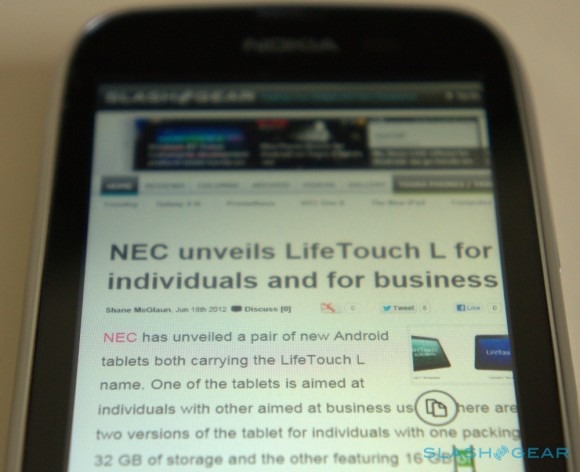
The app has since been updated to version 2.0.0.0, which seems to have fixed any stability issues, but even in the new version maps aren't cached for very long as precious memory is conserved. It's the same situation in apps like Internet Explorer and Carbon: pan around too quickly and you'll be met with blank spaces, with the apps only catching up and presenting new information a few seconds later. You could argue that we're nitpicking or making a mountain out of a molehill, but it simply comes across as a bad user experience when you're using the phone.
In terms of benchmarks, the phone scored 55.83 in WPBench, and 11,666ms in SunSpider 0.9.1. That sounds bad, but using Internet Explorer for an extended period of time will allay any fears of a slow browser. It's not as quick as what you'll find on Android or iOS, but it's not the slouch that SunSpider makes it out to be either.
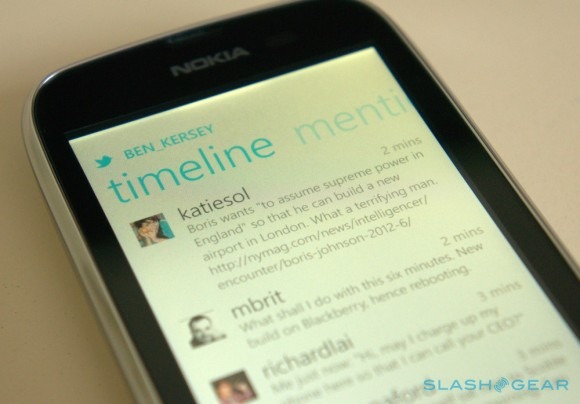
Camera
The five megapixel camera serves up generally mediocre results. Pictures tend to be undersaturated, with only bright daylight hitting the mark. Over and underexposed images are a common occurrence, but the main problem is the rampant use of noise reduction throughout images. Any detail in buildings or objects is sapped from the result photos, presenting a smooth and waxy look that occasionally leaves artifacts behind too. It's looks to be an attempt to curb noise proliferation, but the end result leaves splotches in certain parts of pictures.
While 720p video recording may be the standard for budget handsets nowadays, you won't find it making an appearance on the Lumia 610. Instead, you're greeted with a maximum of VGA, a blast from the past. Video is recorded using H.264 Baseline L3.0 with an average bitrate of 1.3Mbit/s. In good lighting conditions the framerate remains constant at 30fps, but that's about the only praise you can heap on the recordings which are undersaturated, murky, and ridden with artifacts. Sound quality is also poor.
Phone and Battery
The earpiece sounds clear and calls were more than loud enough, much to our surprise. We held several calls without running into any issues. Trying to perform speedtests, however, proved problematic. There's no official Speedtest app from Ookla on Windows Phone, and the ones that were on the Marketplace proved to have poor reviews. Browser-based alternatives wouldn't work at all thanks to the lack of Flash, and the single working one we did find proved wildly inaccurate. The phone is rated for speeds of up to 7.2Mbit/s, but we can only guess as to what it was pulling down during active use. Still, loading web pages over 3G was fast enough, and we didn't notice it performing slower than the average smartphone.
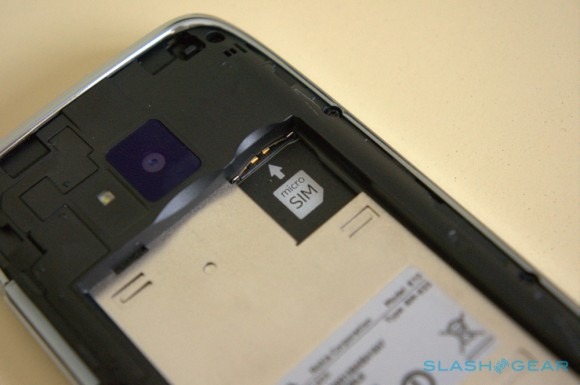
Battery life was actually pretty great. We managed to get two full days usage of the handset with a mix of WiFi and 3G connectivity. That included Twitter updates, push Gmail, browsing, texting, several calls, WhatsApp, and general app poking. In a video rundown test, we set the display to the maximum brightness and headphone volume to 50% with WiFi and 3G left on, with the phone running for 4 hours and 55 minutes before shutting down automatically.
Wrap-Up
Nokia is aiming to set the entry-level market ablaze with the Lumia 610, but we can't help but feel it's too little too late. Back when the phone was first announced at MWC 2012, we had high hopes that the Finnish smartphone manufacturer would be able to ship it quickly and for an affordable price. Four months later, the phone is finally here, but the market hasn't stood still.
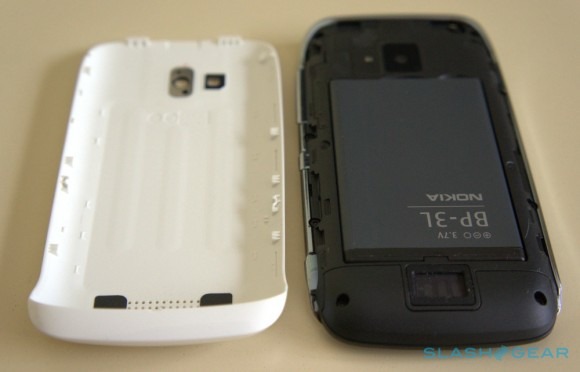
The Lumia 610's worst enemy is in fact the Lumia 710. That phone has been available for quite some time now, and while the price started out a little bit too high, it has since plummeted thanks to a handful of sales and lower resale prices in the secondhand market. The Lumia 610 is currently available for £140 on Vodafone PAYG from the Carphone Warehouse, but for £20 more you can take home an unlocked Lumia 710 from Amazon UK. For your money you're getting a faster processor, the standard amount of RAM that applications have been developed for, a better screen, and arguably a superior user experience.
If the price of the Lumia 610 was a little lower, then maybe we could look past its transgressions and recommend it as the simple point of entry into the smartphone world it's designed to be. Unfortunately, that's not the case thanks to the current price situation. It simply doesn't make sense to pick up the 610 over the 710 as things currently stand thanks to a combination of hardware and software issues. Once the phone breaches the magical £99 price point and drops even further, it might be worth a second look, but until then the Lumia 710 is still the best budget Windows Phone.

















